Glue PVA is known since Soviet times. In the construction market of the twentieth century there was not such a wide choice of adhesives as is currently available. A glue PVA existed even in a stagnant period. And the merit of PVA glue was due to its security, availability and ease of use. Currently, this glue has not lost its popularity, it is used for gluing a large number of types of materials, is constantly being improved and is not inferior to its competitors as gluing.
Content
Glue PVA, when it arose and who invented it
Strangely enough, PVA glue is attributed to two discoverers.
The German Fritz Klatt in 1912 and the Korean Lee Xing Guy together with the Japanese in 1941 made a discovery.
The German patented the discovery in 1912, and the Korean received a patent in 1941.
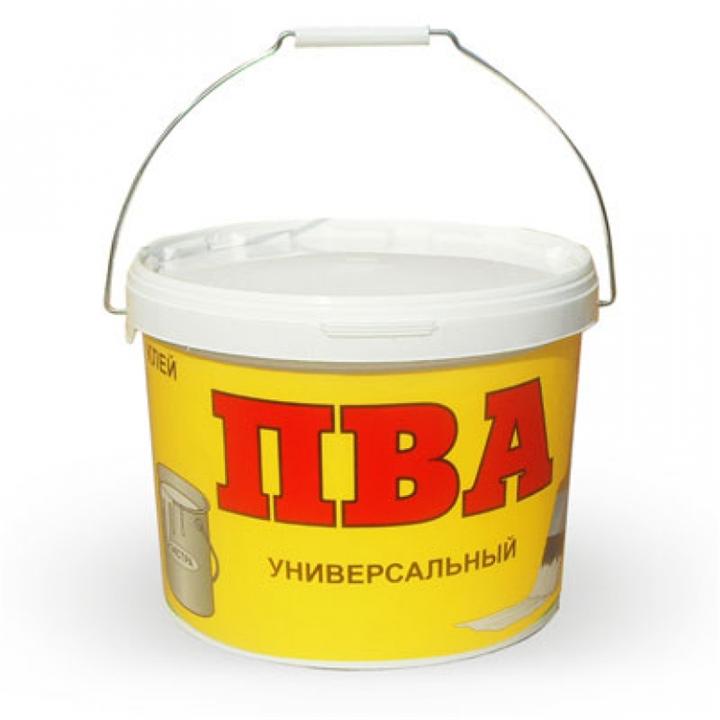
Both scientists went to the discovery of PVA glue in different ways and independently made an opening that led to the creation of a very popular glue in the world of construction and crafts.
For the first time in 1937 in the United States of America was established the production of glue, which was able to preserve automotive glass.
And already in 1941, the Korean scientist Li Seung-gee received a patent for a new material called vinalon and this material became the basis of PVA glue.
Glue PVA, of what it consists
Vinalon is the main component of PVA glue.
The basis of the adhesive is a synthetic fiber.
The main component of the synthetic fiber is polyvinyl alcohol.
Since the adhesive base does not contain toxic elements, PVA glue, unlike many chemical glues, is not dangerous and does not threaten the health of people (unless it is certainly eaten and enjoyed a limited amount of time).
In the production process, the conversion of vinalon to polyvinyl acetate occurs.
Then polyvinyl acetate is diluted to the desired consistency and the result is PVA glue. Glue PVA can be different, it depends on what it is intended for.
Glue PVA can do according to GOST, and can do according to TU, it all depends on various constituents in the form of additives.
To strengthen the adhesion, which makes gluing very high quality, add alcohols and various elements.
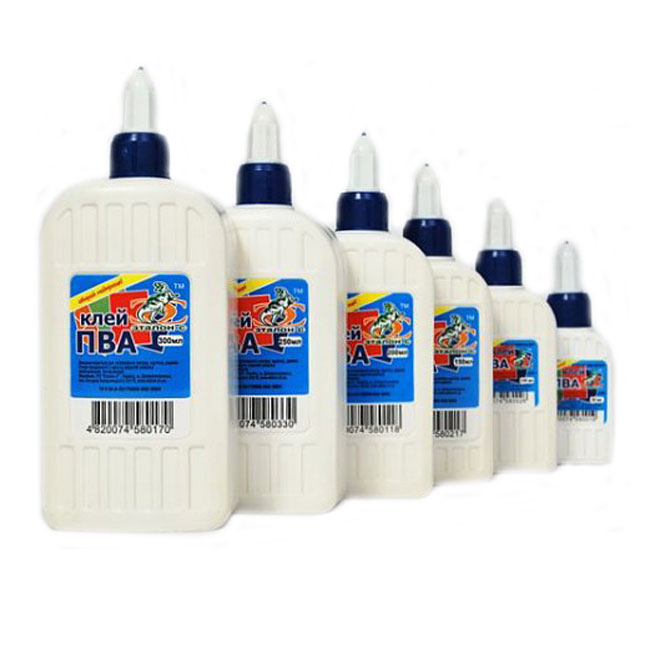
If PVA glue is required to keep its properties in the cold, plasticizers can be added to the adhesive in the range 1-2% to give plasticity.
The merits of PVA glue include its fire safety, frost resistance, moisture resistance.
The only drawback is the long period of glue drying, within 24 hours.
But, but the PVA glue is very economical, its consumption is from 100 gr / m2.
Glue PVA, rules for the selection of PVA glue
When choosing PVA glue, first of all it is necessary to take into account its purpose, i.e. for what purpose this glue is purchased.
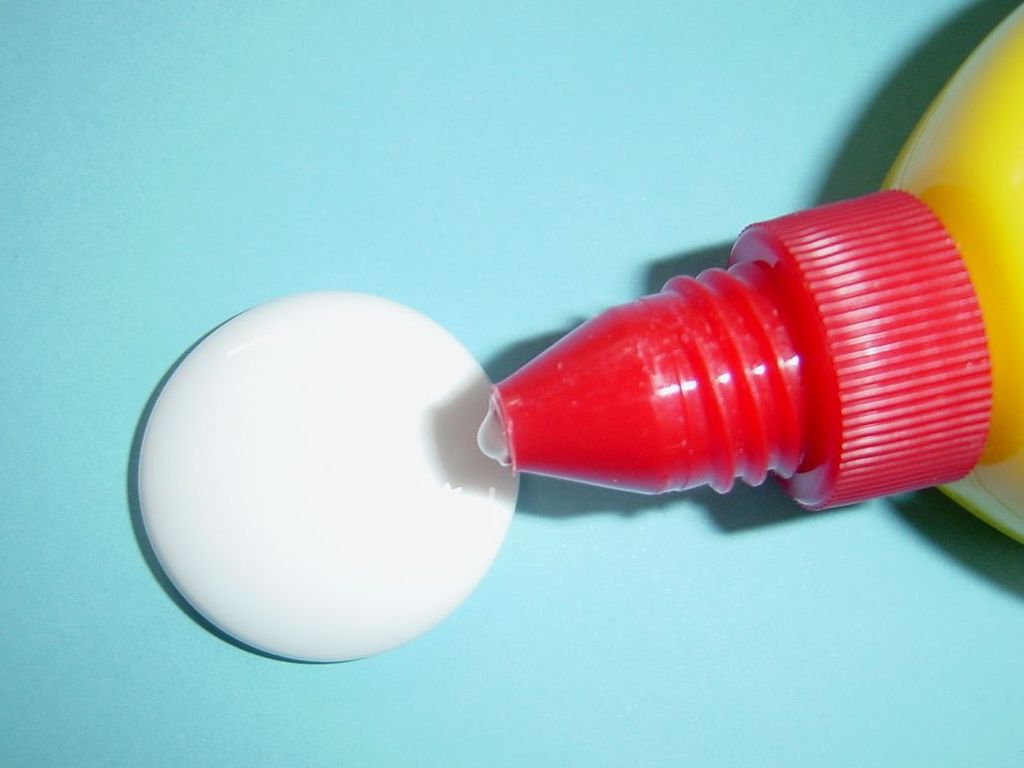
But in any case, you need to pay attention to the following factors:
-It is desirable that the glue is produced in accordance with the rules of GOST;
-It is necessary to pay attention to a uniform consistency of the glue;
- there should not be any impurities and lumps in the glue;
-color can be either white or slightly yellowish. If the plasticizer is added to the glue, it is able to give a yellowish shade to the glue. If you do not like the appearance of the glue, it is better to refrain from buying such glue. Do not be afraid if you have a transparent, uniform film on top of the glue.
The presence of such a film indicates the high quality of the glue.
Before you start, simply remove the film and mix the glue thoroughly.
Glue PVA, the basic rules of work with glue PVA
If you want to get a high-quality result, observe the following conditions:
-clean the glued surfaces from dirt and dust;
-produce the work on degreasing the surfaces. If you want to get a quality gluing, carefully degrease the surface, as the PVA glue does not work well on greasy surfaces;
- After contact has occurred on the bonding, for a good adhesion of the adhesive to the surface, press the bonded adhesive than anything heavy for 1-3 minutes;
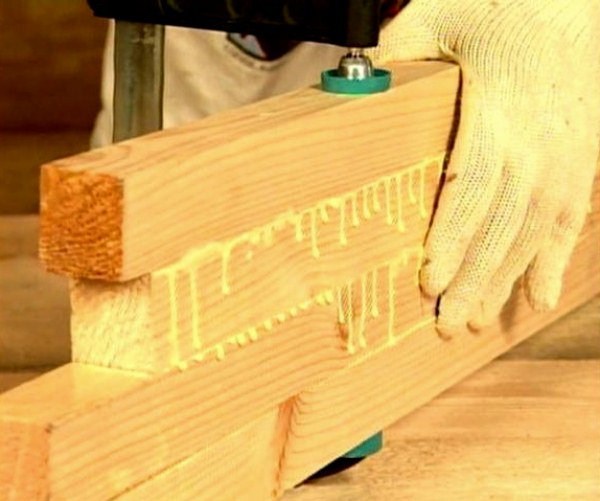
-For gluing paper, when applying glue, use a paint roller;
- for gluing hard surfaces, use a spatula with wide teeth;
-if you glue the wallpaper with PVA glue, glue is applied only to wallpaper and not to walls. But if the walls have a non-uniform surface, in this case, the glue must be applied and on the walls, the adhesive will dry for at least 24 hours.
Glue PVA, the most common types
The most common types of PVA are:
-Cloth household or wallpaper. The most popular glue, they glue wallpaper on wooden walls and on plaster, with it, glue and paper. This adhesive has increased frost resistance and wide popularity;
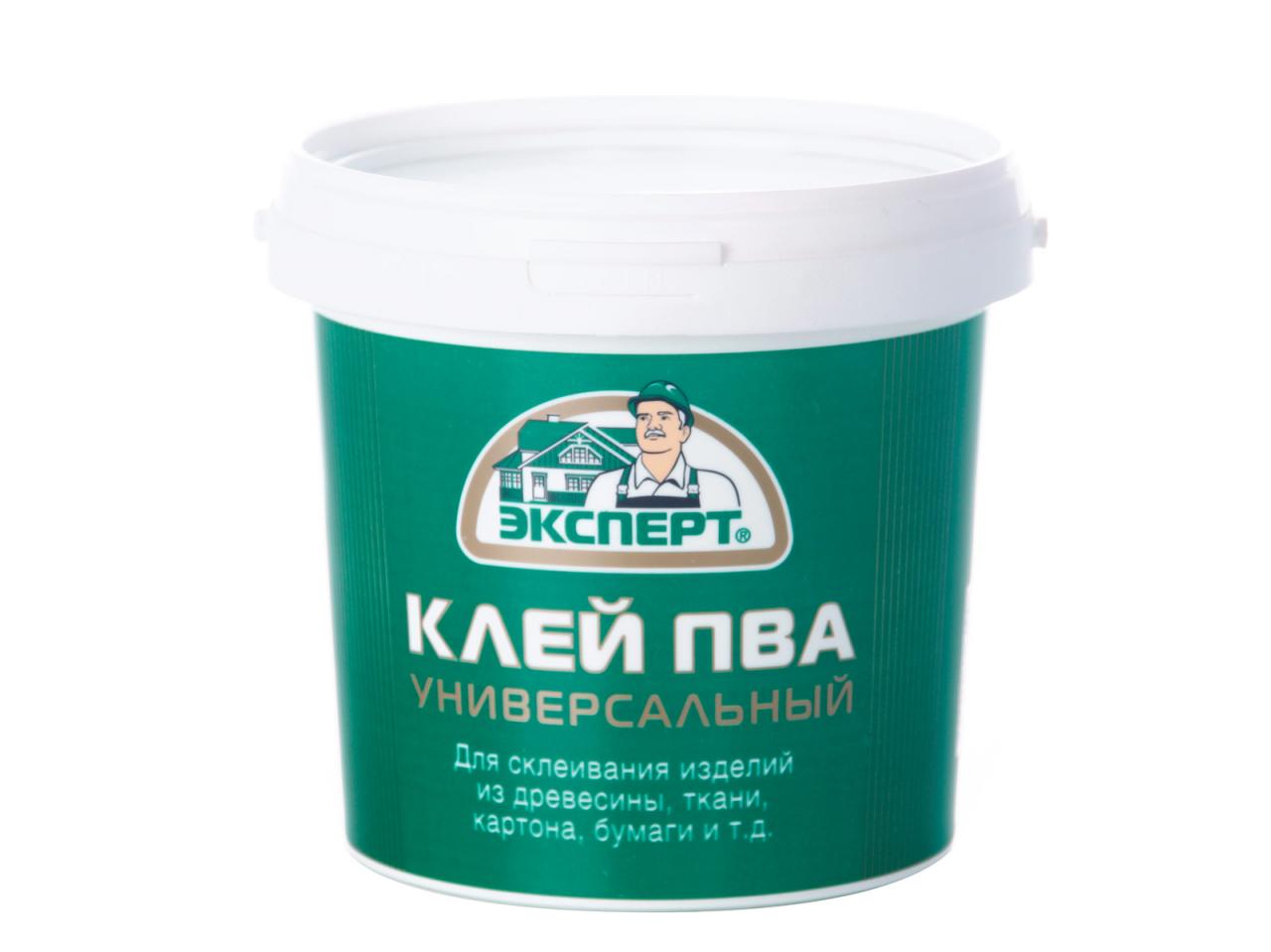
-Universal PVA adhesive. Glue type PVA-MB, with the help of this glue produce the gluing of various wooden products, porcelain, fabric and paper products. It is possible to glue fabrics and papers to glass and porcelain. Universal adhesive in the form of a binder component is added to various mixtures of water-based concrete, putty, primer. A careful host always has a universal PVA glue handy;

-Canical glue PVA. This glue is always at hand with workers with papers. Since this glue is not toxic, since it does not contain plasticizer - it is bought by children for various crafts. The clerical glue is easily washed off with water and is not stable in the cold;
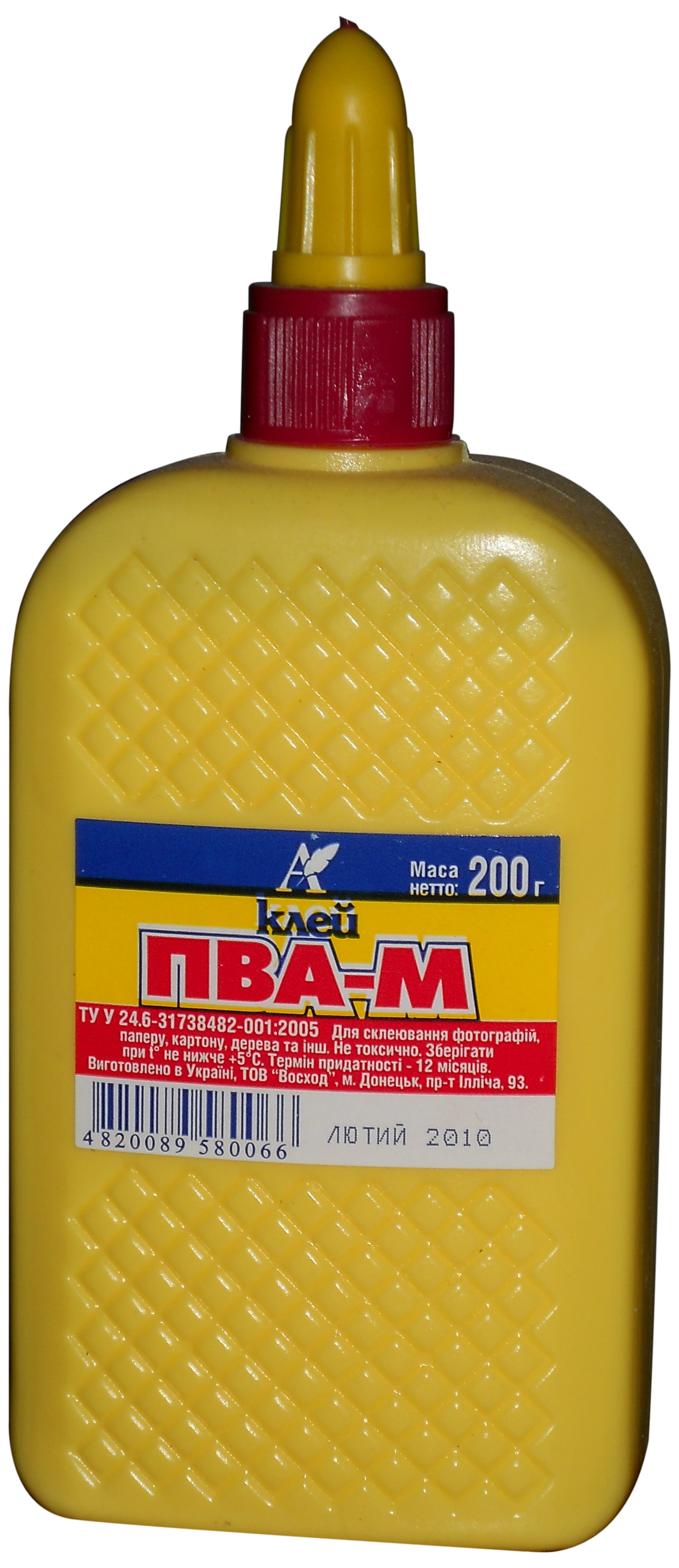
-super adhesive PVA (PVA-M). It is considered the best quality PVA glue, it has many additives and a thick consistency in its composition. Suitable for gluing a huge amount of material. Kleit cardboard, paper, wood, metal, porcelain, leather, plastic, fabric, facing tile and even linoleum;
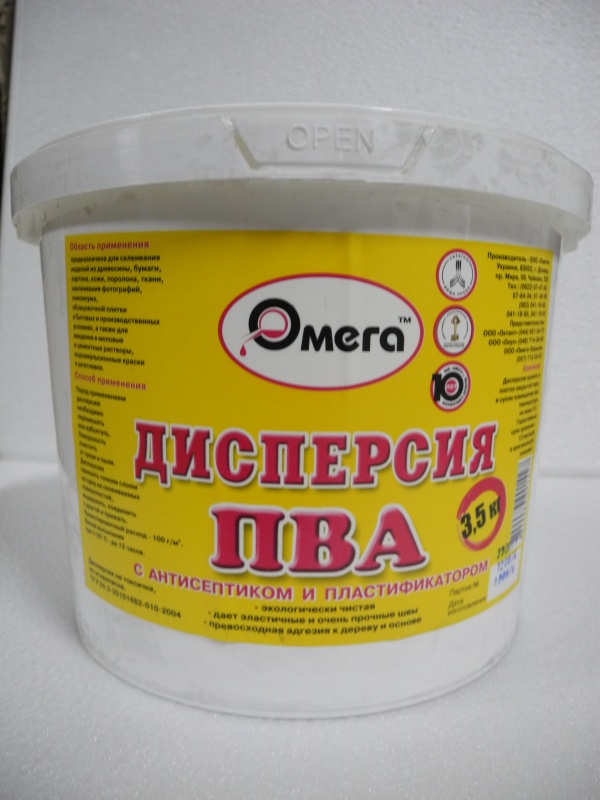
- dispersion homopolymer polyvinyl acetate, the adhesive has the strongest adhesive ability, since it contains plasticizers. Add to mortars, used in textile, glass and printing industries, mainly in industrial plants.



















